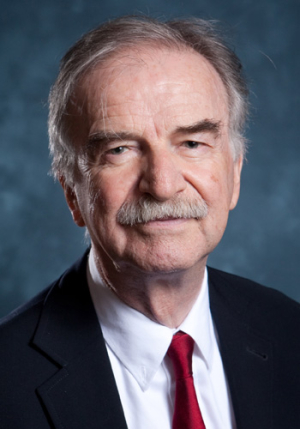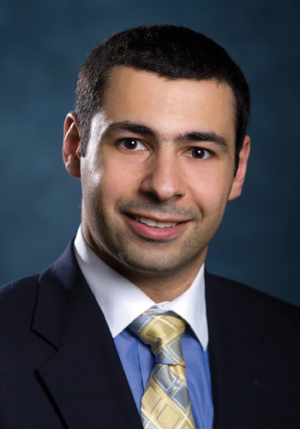Researchers with the University of Houston Cullen College of Engineering have won a $400,000 grant from the National Science Foundation's Major Research Instrumentation Program to acquire one of the most advanced systems in the world for studying how steel and ductile materials deform before rupturing and how concrete and other quasi-brittle materials fail due to progressive cracking.
The grant was awarded to 11 faculty in the college’s departments of civil and environmental engineering and mechanical engineering. Civil engineering professor Kaspar Willam, a member of the National Academy of Engineering, serves as the grant’s principal investigator.
The funds will be used to acquire a digital image correlation system byTrilion Quality Systems Inc. consisting of four sets of stereoscopic (or 3D) cameras and a software suite for analyzing images. Through the award, the researchers will work with the system’s developer to create an entirely new adaptive software module that will allow them to control the rate of material failure propagation through feedback signals from digital images in real-time.
First, the system itself.
Researchers start by basically spray-painting a speckle pattern onto the surface of a concrete panel (or any other test specimen being studied) and then placing it into a servo-controlled load frame. They will then set up between one and four pairs of cameras at different angles, depending on the size and shape of the specimen they are studying, and record fields of deformation and defects as a load is applied.
The images are fed into the software system for analysis. By tracking specific sets of dots created by the speckle pattern, the software will be able to precisely measure how the specimen is responding to the load, such as when and where defects (e.g. cracks) form and how quickly they grow.
The advantage of this approach is that it eliminates guesswork and gaming the system in the study of failure mechanics.
Since researchers don’t know where a material will fail when placed under a load, they typically choose one of two options. Either they make an educated guess where that failure will occur and place sensors near that area, or introduce a flaw into the material, dictating where the failure will start.
This system, though, offers a better solution.
“This new instrument allows us to image the entire field,” Willam said. “You can then adaptively target the failure mechanism without having a predetermined notion of where the crack is going to start. We can just let things happen as they should happen, so to speak.”
There are other notable benefits to this system, as well. Since it does not require that sensors be placed on the specimen being studied, it can be used to analyze objects as small as a few millimeters. Consisting only of cameras, tripods and software, the system is also highly portable, allowing researchers to move it from lab to lab as needed, or even take it into the field.
While these benefits can be found in other digital image correlation systems, the Cullen College’s new system will be distinguished through a software module being developed with input from grant’s investigators.
One of the challenges of studying the mechanics of how concrete panels and other materials fail is how quickly failure can occur. If a load is applied too quickly a concrete panel can crumble in an instant, making it impossible to gather any useful data.
The new software will allow the system to analyze the state of the material in real time and adjust the load based on these readings. If, for example, material is failing too quickly, the system will connect with the load frame applying the load and order it to make adjustments. That, said Mina Dawood, assistant professor of civil engineering and an investigator on the grant, is truly unique.
“We’re talking about adjusting the load so the failure happens at a controlled rate in a controlled way rather than having it happen suddenly,” he said. “We know of no other digital image correlation system in the world that offers that capability.”

